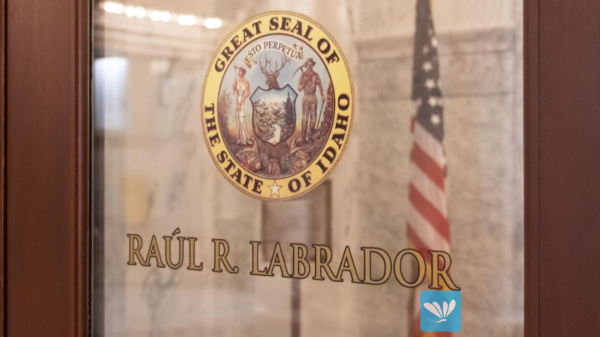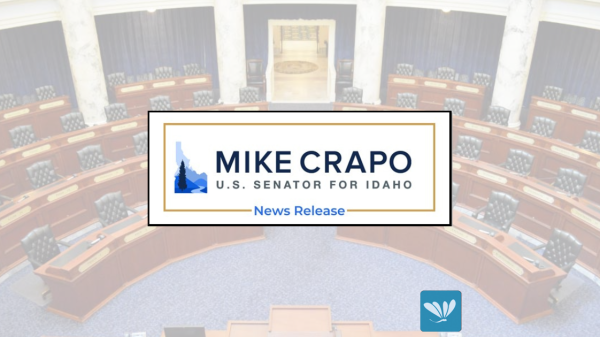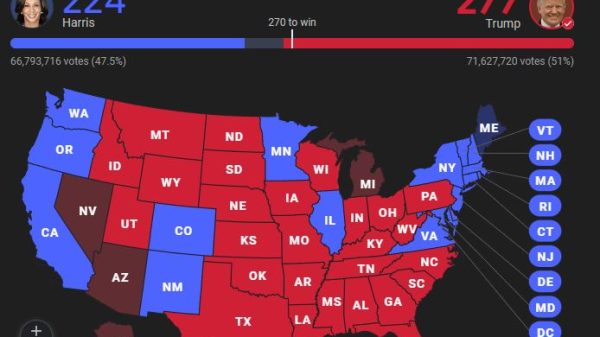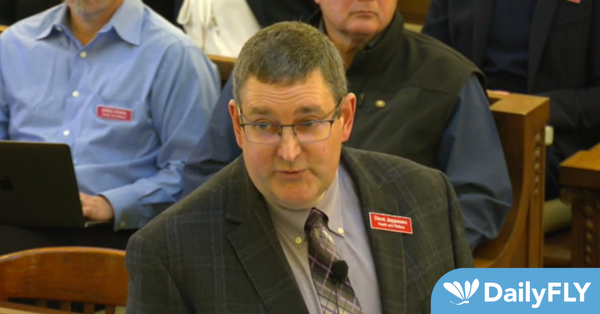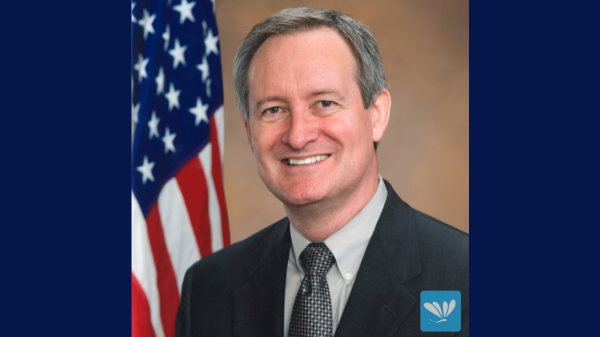Idaho legislators questioned need for spending requests.
Idaho Health and Welfare Director Dave Jeppesen went before Idaho legislators three days in a row this week to present the agency’s budget request. And each day, House and Senate members on the Joint Finance-Appropriation Committee asked an array of detailed questions about Idaho’s psychiatric hospitals, the state-run clinical laboratory, wastewater testing, foster care placements and more.
Most of those questions had the same premise: “Why should we spend money on this?”
JFAC is responsible for setting Idaho’s budget for the coming fiscal year. Idaho has a constitutional balanced budget requirement, and most of the lawmakers elected to the Legislature are fiscally conservative Republicans. This year, many of them also are new to legislating and to the nuances of how each agency operates and the external forces that can drive up its costs.
The pandemic’s disruption of the health care workforce and supply chains has now fully made its way into Idaho’s budgets.
The state’s psychiatric inpatient hospitals offered one example.
Sen. Scott Herndon, R-Sagle, asked why the department needs a staff budget for the hospitals of $43.5 million — or Idaho Gov. Brad Little’s recommendation of $45 million — to sustain 467 jobs in those hospitals, when those same jobs cost $36.3 million in fiscal year 2022.
The Idaho Department of Health and Welfare’s overall budget request is $5.49 billion, about 11.6% more than last year’s fiscal year appropriation. Of that amount, $3.6 million would come from federal funds such as the federal share of Medicaid costs. The remaining $1.89 million would come from state funds.
“My math shows that we’re, over two years, increasing by 24% (the budget) for personnel costs for apparently the same number of personnel,” Herndon said. “Can you explain why there’s such a significant increase over a two-year period?”
Jeppesen’s response echoed what hospital administrators across the country have said.
“The cost for health care workers has gone up a lot in the last two years, and we’ve taken measures … merit (pay) increases, retention bonuses etc., to try to retain the staff that we have. … We’re really struggling to stay staffed. In addition to that, it’s just costly when you turn staff over. You lose efficiency, you’re training people all the time, those sorts of things. And then we have had to resort to hiring traveling nurses in some cases, and typically a traveling nurse costs twice what a salaried nurse does at the hospital.”
We’ve been in the unfortunate position that we’ve got people in beds, we’ve got to serve them, and so we’ve had to reach out to travelers.
– Idaho Department of Health and Welfare Director Dave Jeppesen, describing the need to hire ‘travelers,’ or temporary health care staff, to meet demands in Idaho’s psychiatric hospitals
Ross Edmunds, the longtime administrator of Idaho’s behavioral health division, also stepped up to help answer questions about the hospitals, which take patients who need around-the-clock care for behavioral health diseases. For some patients, the hospitals can be the only option in Idaho.
State Hospital North, in Orofino, can technically care for 55 patients at a time, Edmunds said. But right now, its capacity is diminished.
At that hospital, “we have some of those rooms closed … for two reasons: in order for us to upgrade those rooms to meet the accreditation standards, and the other is staffing issues,” Edmunds said. “We don’t have enough nurses to keep all of those beds running.”
More sick patients means higher costs for Medicaid
Without the Legislature’s approval, the Idaho Medicaid program cannot choose to pay health care providers more for their work.
As the years go by with stagnant rates for providers, department officials explained this week, the gap between what Medicare pays and what Idaho Medicaid pays grows wider. Medicare is paying more, and private health insurance is paying significantly more, for the same services.
Herndon noted that, even with static pay rates, spending for each person on Medicaid has risen. (Idaho Medicaid spending mostly comes out of federal funds, but they still have to be budgeted.) He questioned why this year’s budget request seeks another, larger increase.
That was “probably a conversation that we could have for a long time,” Jeppesen said. “But the short answer is, there (are) two drivers to the cost increases per case” — one is the cost of the service, and the other is how much that service is used.
Jeppesen gave an example: one person on Medicaid can end up in the hospital “multiple times” in a year, perhaps because of their unmanaged diabetes and the serious medical problems that can cause.
“The cost for each time they go into the hospital is the same, but the number of times they go into the hospital will raise the cost per (person),” Jeppesen said.
But as director of Idaho’s largest health agency, he was quick to mention that those kinds of problems are why Health and Welfare needed to ask for funding for another priority: a system that allows Medicaid to incentivize hospitals and doctors to keep patients healthy — so that one person with diabetes doesn’t end up in the hospital at all.
(https://idahocapitalsun.com/2023/01/20/pandemic-fallout-workforce-issues-take-stage-in-idaho-health-and-welfare-budget-hearing/)











